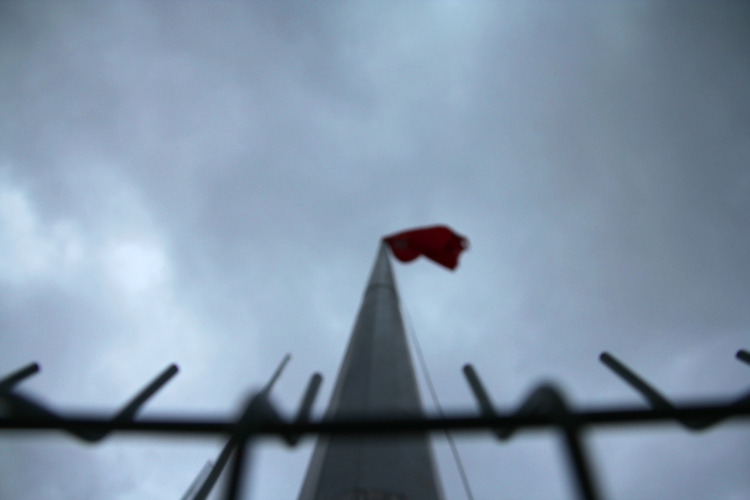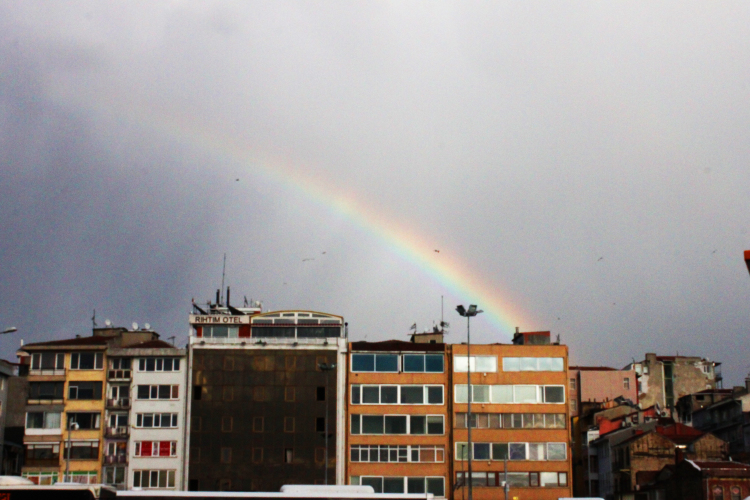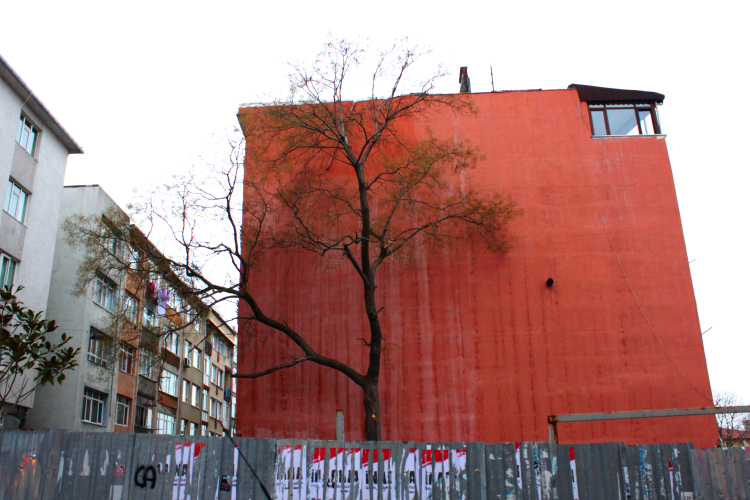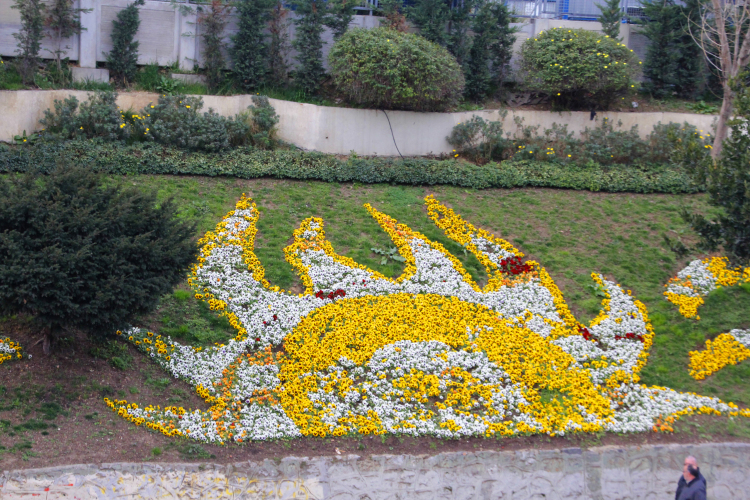Burhan was formerly kidnapped by ISIS from his hometown Mimbic and was held captive in an ISIS Child soldiers’ camp in Iraq. At the age of 14 Burhan managed to escape from the hands of ISIS and arrived in Turkey alone, after crossing the border from Aleppo to Hatay. Burhan was then sent to a refugee camp in Adana where he stayed for a few months in a tent especially made for unaccompanied minors. There, he met Mazen, who was formerly in the official youth shelter for unaccompanied minors (ÇOGEM) in Istanbul and was then transferred to the refugee camp as of November 2015. Mazen’s referral to the camp happened as a side effect of the negotiations beginning between the EU and Turkey on how to curb the migration movements to Europe. As the authorities managing the youth shelter were afraid of having to take in more minors of other nationalities being deported back from the Greek islands to Turkey, they pushed the Syrian minors to the existing refugee camp infrastructure. However, together with Burhan, Mazen escaped from the refugee camp and came back to ÇOGEM Istanbul where I met both of them.
During the crafting of the EU-Turkey deal (October 2015-March 2016), I was conducting participatory youth action research with Burhan, Mazen, and three other Syrian unaccompanied minors (14–15 years old) temporarily based at the youth shelter (ÇOGEM) run by the (Turkish) Ministry of Family and Social Policies in Istanbul. Together with the participating youth, we conducted radio programs where we shared life stories with each other. Among other topics, migration experiences on crossing borders were extensively discussed, as they have become significant markers of identity (see also paper by the author Escaping Exclusion within the issue). Alongside the dialogical conversations that took place throughout the radio shows, we have also practiced photography elicitations where we have been able to collect metaphorical meanings of borders that show how borders have been experienced, not only in physical terms, but also in ways that have been preventing minors’ social inclusion into their hosting society and restricting their access to formal education.
Burhan’s photograph »The Turkish flag« shows how a minor is introduced to the nation state, that is, in the form of a fence. Mazen also shared his escape story with Burhan in one of the radio conversations we made together. Mazen took part in the uprising in Aleppo by chanting songs of liberation during 2011, and he was imprisoned by Assad forces. Like Burhan, Mazen too escaped to Turkey by crossing from the Aleppo border into Hatay.
Prior to the EU-Turkey deal, Burhan dreamt of school and associated it with hope, happiness, and dreams coming true (see his photograph: »rainbow«). Yaman also associated access to education with hope and a positive outlook to future (see his photograph »hope«) and so did Mazen (see his photograph »the sun«). However, with no prospect for schooling, over time, Yaman started expressing his longing to his family. While he was rejected by ÇOGEM for resisting his transferal to the refugee camp for the second time, he also started spending a week on his own staying out in the streets at night, and, sadly, self-harming (by cutting himself and abusing drugs). Due to my inquiries, the refugee camp in Adana initiated a searching operation and found his family. Yaman united with his family members who are among the Doms of Syria. Together with his twelve siblings, he is currently begging in the streets of Van in Turkey. Unlike Yaman, Mazen has not been able to unite with his family as he found out that his mother was killed during an air strike. After realizing that he would not be able to go to school, Mazen became more inclined towards returning back to Syria (see his photograph: »where is my house?«). Yaman left ÇOGEM and stayed out at the streets in grief. Ever since, he keeps changing low paid jobs and cities. Having troubles with the authorities and other minors in the facility, Burhan was sent back to Adana refugee camp and has been placed into a center for criminalized children. Burhan’s family is still in ISIS controlled Mimbic area and are trying to survive under siege.

»This is the first thing I remember seeing once I arrived in Turkey: the Turkish flag. I was scared but happy and you have no idea how many fences I jumped over.«

»If I go to school, that would be the happiest thing in my life, I will feel like I am seeing rainbows everyday, to go to school is my biggest dream. Inşallah I will go one day.«

»Where is my house? where is my mother? Is she still alive? I will go back to Aleppo soon, I will look for her, I only fear that I will find my house destroyed and my mother gone, this is my biggest nightmare. I wake up everyday that I will go back soon.«

»The day I unite with my family will be the day of the sun shining back again into my life. I will also see sunny days if I go to school, I really wish to go to school. I can only see the sun then. Now I see no sun.«

»Like the seagulls on the roof, I am also brave. I am not afraid of anything anymore. To look at birds flying makes me happy.«
